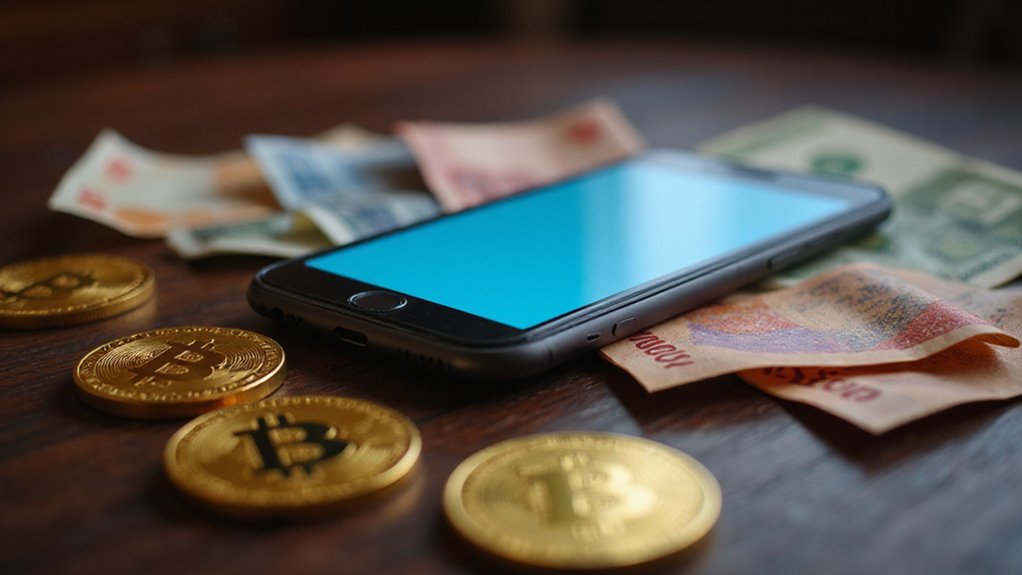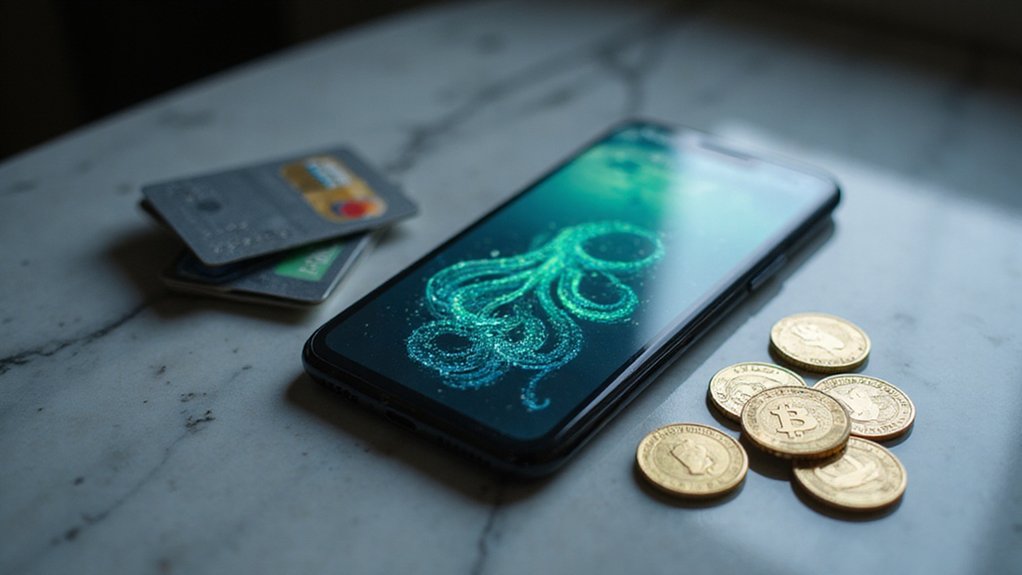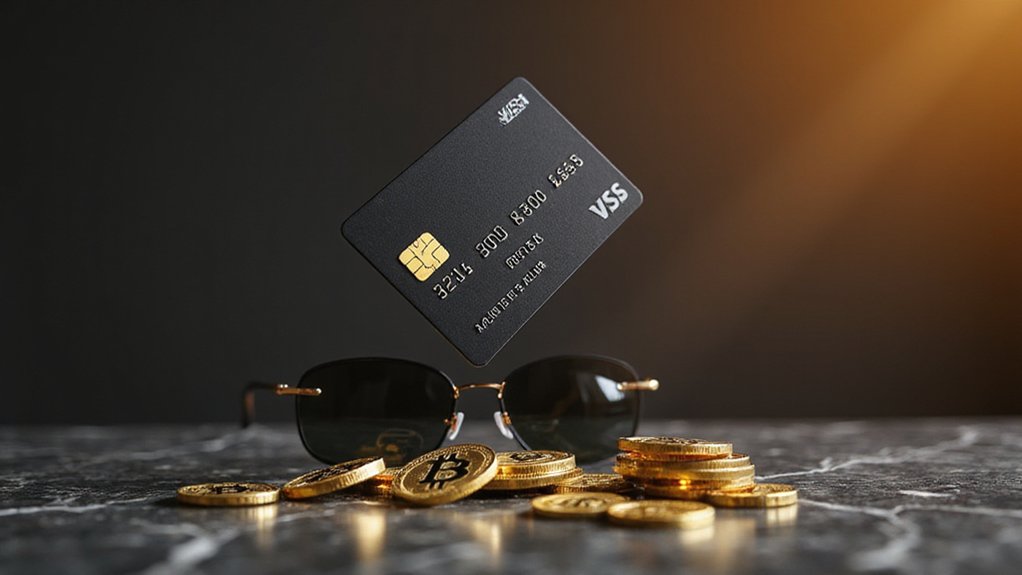The intersection of traditional finance and digital currencies has produced yet another attempt at bridging two worlds that seem perpetually at odds—this time courtesy of PayPal’s PYUSD, a stablecoin that promises to transform crypto payments by doing what stablecoins ostensibly do best: remain stable.
Launched with the backing of Paxos Trust Company, this ERC-20 token maintains its dollar peg through the time-honored mechanism of holding actual dollars in reserve (imagine that), supported by U.S. treasuries and cash equivalents under regulated custodial arrangements.
What distinguishes PYUSD from the crowded stablecoin field isn’t merely its corporate pedigree, but its integration into PayPal’s existing payment infrastructure, which spans over 100 currencies globally. Users can transact fee-free within the PayPal and Venmo ecosystems—a notable departure from the fee-laden landscape that typically characterizes cryptocurrency transactions.
PYUSD’s true innovation lies not in its stability mechanism, but in its seamless integration with PayPal’s vast payment ecosystem.
The token’s utility extends beyond simple transfers; it enables seamless conversion to fiat during checkout processes, effectively allowing merchants to receive dollars while customers spend digital currency.
The technical architecture leverages Ethereum’s established network, providing interoperability with decentralized finance protocols while maintaining the centralized control necessary for regulatory compliance. PayPal’s supply management guarantees price stability through controlled issuance and redemption, countering the volatility that renders most cryptocurrencies unsuitable for everyday commerce. The New York State Department provides regulatory oversight to ensure compliance and user protection.
Third-party audits of reserves aim to address the transparency concerns that have plagued other stablecoin projects.
Perhaps most intriguingly, PYUSD’s cross-border potential could streamline international remittances by eliminating traditional currency conversion friction. The token’s dollar-denominated stability, combined with blockchain settlement speed, offers advantages over conventional transfer methods—assuming recipients can actually access and utilize the funds, which remains the perpetual challenge of crypto adoption. Additionally, the stablecoin facilitates micro-payments for content creators by making small transactions cost-efficient.
PayPal’s foray into stablecoins represents a calculated bet that consumers desire crypto’s technological benefits without its characteristic price swings. By embedding PYUSD within familiar payment platforms, the company sidesteps the user experience hurdles that have historically limited cryptocurrency adoption. Unlike speculative cryptocurrencies, stablecoins serve as digital plumbing for the financial ecosystem rather than investment vehicles.
Whether this approach successfully transforms crypto payments or merely creates another digital payment option remains to be determined by market acceptance and regulatory developments.









